U Students Experiencing Homelessness Find Temporary Shelter
A sign directs students towards the University of Utah Food Bank located in the basement of the A. Ray Olpin Union building in Salt Lake City, Utah (Photo by Brooklyn Critchley | The Daily Utah Chronicle)
October 31, 2021
In January 2020, the number of Utahns experiencing homelessness on a single night was 12% higher than 2019.
According to the National Coalition for the Homeless, there are three distinct types of homelessness: chronic, transitional and episodic.
Those experiencing chronic homelessness typically use shelters as long-term housing whereas transitional homelessness is characterized by those who eventually transition from a shelter to more stable housing.
If someone is experiencing episodic homelessness, however, they rarely find stability because they frequently alternate between experiencing homelessness and not.
Some students on the University of Utah campus are categorized as experiencing homelessness because they live in transitional housing. For one undergraduate U student who wishes to remain anonymous, her temporary shelter is a van.
“I came into college knowing that it would be expensive,” she said as she unplugged her water boiler from the solar panels positioned on the roof of her van.
With the $5,000 in savings she accumulated from working throughout high school, she purchased the van in the summer before her sophomore year.
“I figured that rent in Salt Lake City would cost me a little under a grand per month,” she said. “So, living in a van is my way to cheat the system. I don’t need to pay rent and can save money for tuition. I work full time while attending classes, and my living situation works out pretty well for both. When I need to, I park close to work or campus depending on the day.”
For her, living in a van is a function of necessity.
“I don’t come from a wealthy background,” she said. “My mom supports my 3 younger siblings and my dad isn’t in the picture. I had to decide early on how I could support myself while going to college. It’s hard to balance everything, but so far I’ve at least been passing my classes.”
However, living in a van has caused new challenges in her life.
“Sometimes I can’t shower as often as I would like,” she said. “Also, it can feel pretty isolating. When I’m not working or studying, I’m usually by myself. Safety can be an issue, especially as a woman. Most nights I park in well-lit, empty parking lots. I figured this would be the safest option because I’m not really around people that way.”
One temporary solution for students experiencing homelessness is to “couch surf,” which can be defined as staying temporarily in other people’s homes with improvised sleeping conditions.
Niko Tsvetkov, a recent graduate of the U, recounted his experience couch surfing during his undergraduate education.
“My situation was plain and simple,” Tsvetkov said. “Before people started to move out of the dorms, they started figuring out their future residences. Because I am a foreign student, I didn’t know when to start looking for a place to live. It just didn’t strike me as an emergency a couple of months ahead. Once it was an emergency, it was already too late. I realized that the best I could do for the time being would be to find a temporary solution.”
The best Tsvetkov could do in the time he had, was couch surfing.
“I really didn’t think much of it,” Tsvetkov said. “It was pretty much entirely normalized, at least within my circle of friends. You have to realize that most of the people I was around were very much the skiing, snowboarding crowd, so it wasn’t uncommon to hear about someone staying in someone else’s garage for extended periods of time.”
However, this solution was not without its flaws.
“[It was] exhausting,” Tsvetkov said. “I had no privacy whatsoever, just living life in the middle of everyone’s business. It also wasn’t exactly comfortable sleeping on a couch. I was still facing difficulties feeding myself immediately.”
Tsvetkov experienced homelessness for about six months before finding a permanent residence and is currently completing a master’s degree at the U.
“I’m happy I never have to do that again,” Tsvetkov said.
One location on campus tending to the needs of students experiencing homelessness and in-need students on a daily basis is the Feed U Pantry located in the A. Ray Olpin Student Union.
Julane Machado, one of the many students who work in the food bank, said the issue of homelessness does not end at the undergraduate level.
“I see a lot of graduate students as well,” Machado said. “I feel like most people [who use the food bank] are doing their Ph.D., or something like that. I have not seen many teachers and professors.”
The pantry provides food security to U students and staff who would otherwise experience food insecurity as a result of monetary restrictions, as seen in the population of those experiencing homelessness.
“A lot of people come to us to pick up peanut butter, ramen, beans, fresh food,” Machado said. “Then I lave a lot of people who use the hygiene supplies we have, like condoms or tampons.”
The variety of offerings of the pantry allows for greater utility by individuals who are precluded from these resources by obstacles like homelessness.
“I think our food pantry is a super good system,” Machado said. “We help people get the resources they need where they wouldn’t have otherwise gotten them.”
Any U community member who is experiencing a life event that makes it difficult to obtain necessities of daily life can visit the Feed U Pantry website for information regarding its resources offered and the University Basic Needs Collective for additional support.


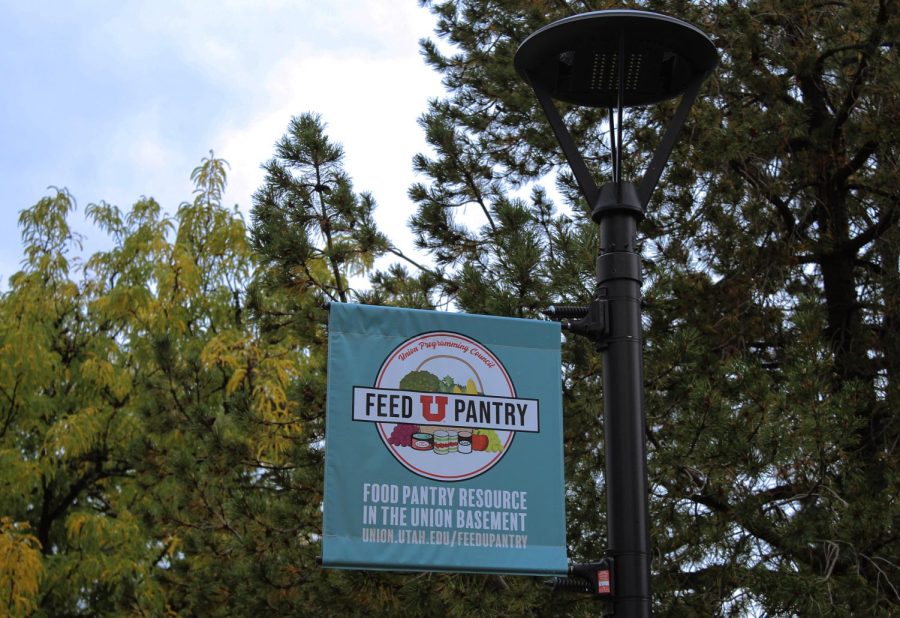



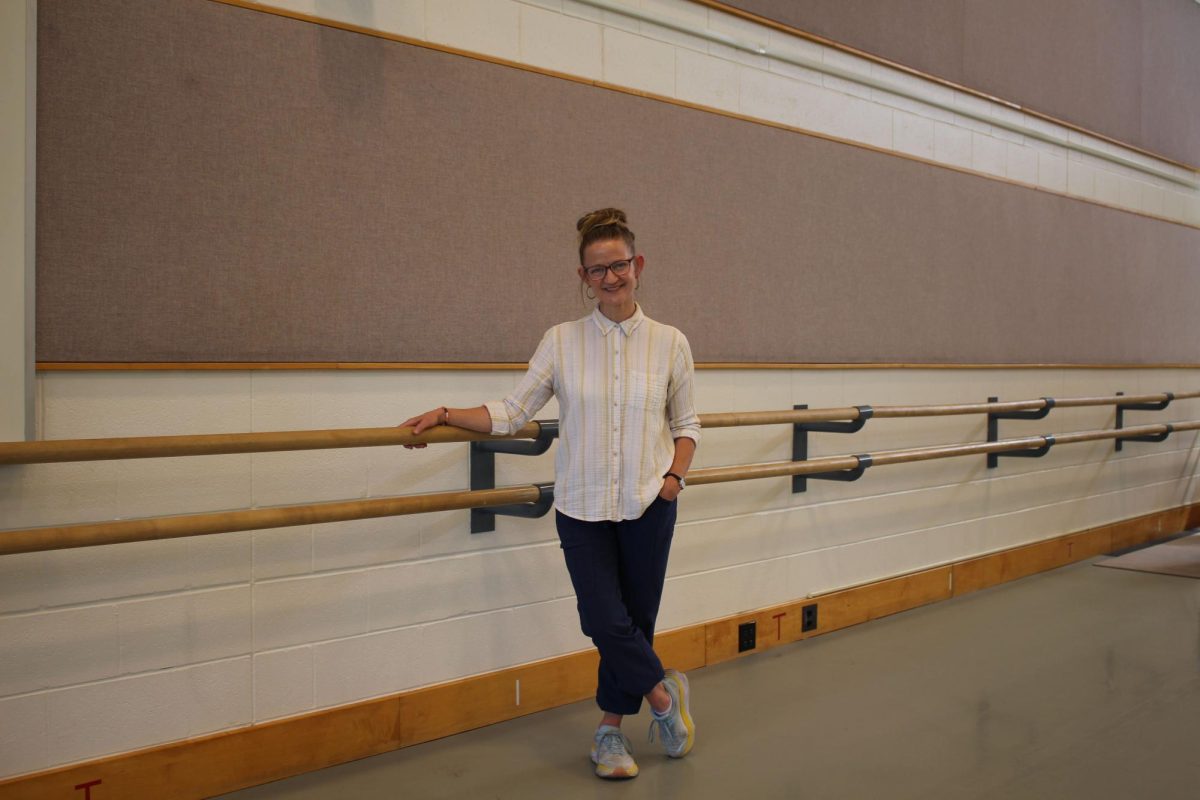
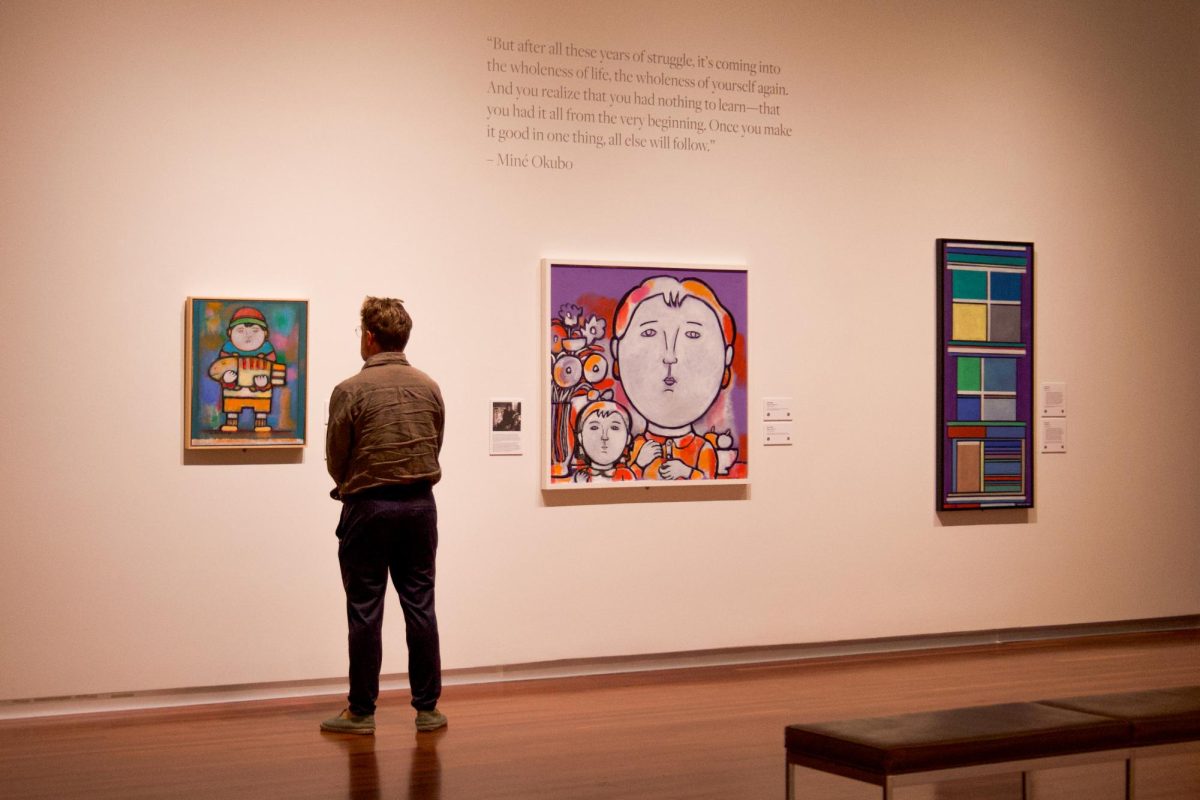

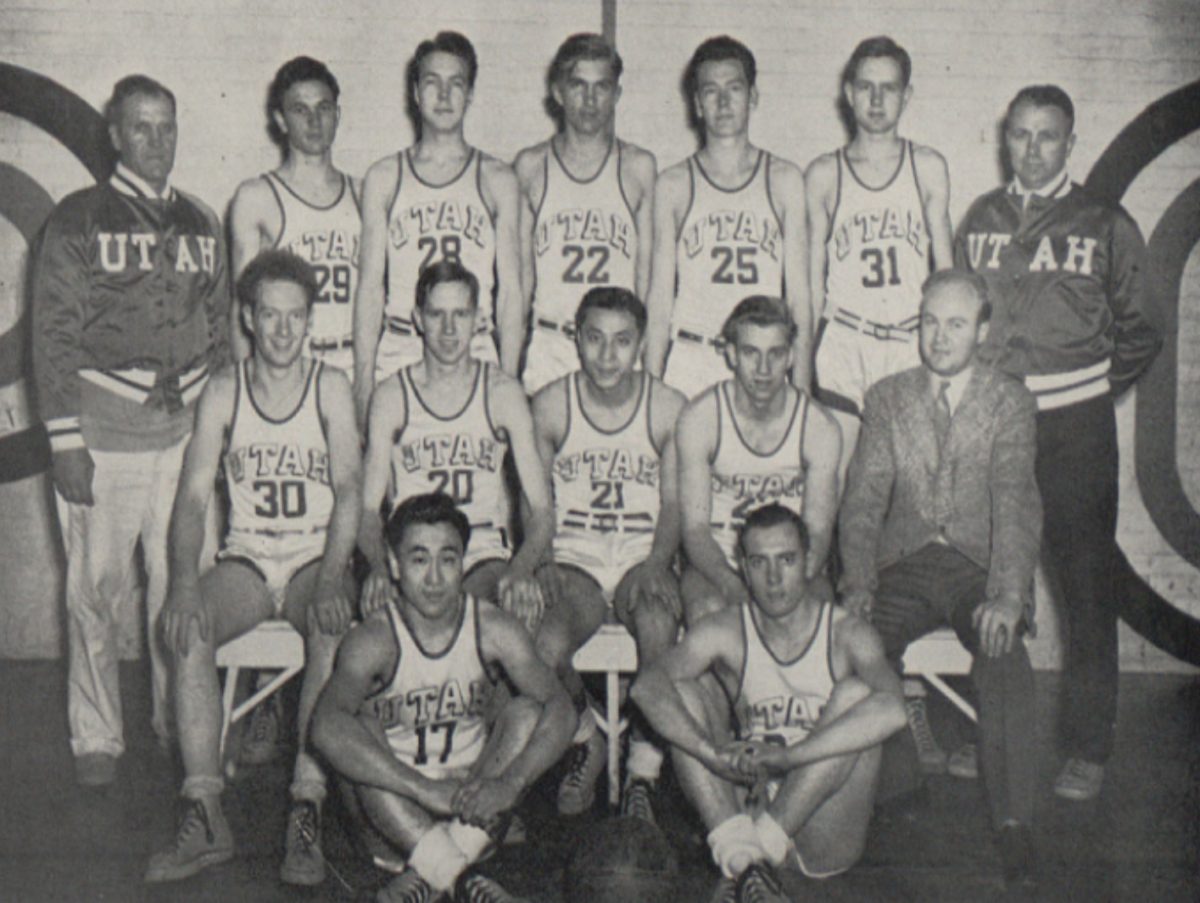


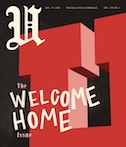

John Hedberg • Nov 1, 2021 at 7:59 am
A lot of memories are “fond” only in retrospect, meaning we can laugh at them now. At the time, it was simply survival.
My 3rd semester at the U, I was living in a studio in a building that’s since been condemned. I worked for a temp agency several days per week, replacing factory workers who called in sick. When Smith’s had a sale on mac & cheese at 5 for a dollar, I’d buy cases. The same with canned tuna. I typically ate one meal per day, 2 cans of tuna tossed into a pot of mac & cheese. I survived months that way, for about a dollar a day, including multi-vitamins. I’m still trying to wean myself from the habit of buying whole cases of cheap food during semi-annual sales.
Not to point fingers at the mainly excellent people who run student housing, but the incessant yearly rent increases of 5-10% in order to stay even with “market rates”, even during years when the economy is shrinking, kind of belies in my mind the whole idea of having student housing at a public university: none of this is ostensibly for the students who come from money, and so I thought the entire point was to provide an excellent education at below-par rates, so everyone could afford to go who wanted to. Sometimes, I’ve wondered if we’re still thinking about it in those terms.
I think I read that Colin Powell (who recently passed away from COVID) went to City College of New York for $55 for a semester. That was back around 1960, but has inflation really increased by 10,000% since then? Has education just become another “industry”, like health care, where profit has now overshadowed the original purpose of the betterment and well-being of all God’s children? It sure makes a person think!
All the Best, With Love.
J Hedberg